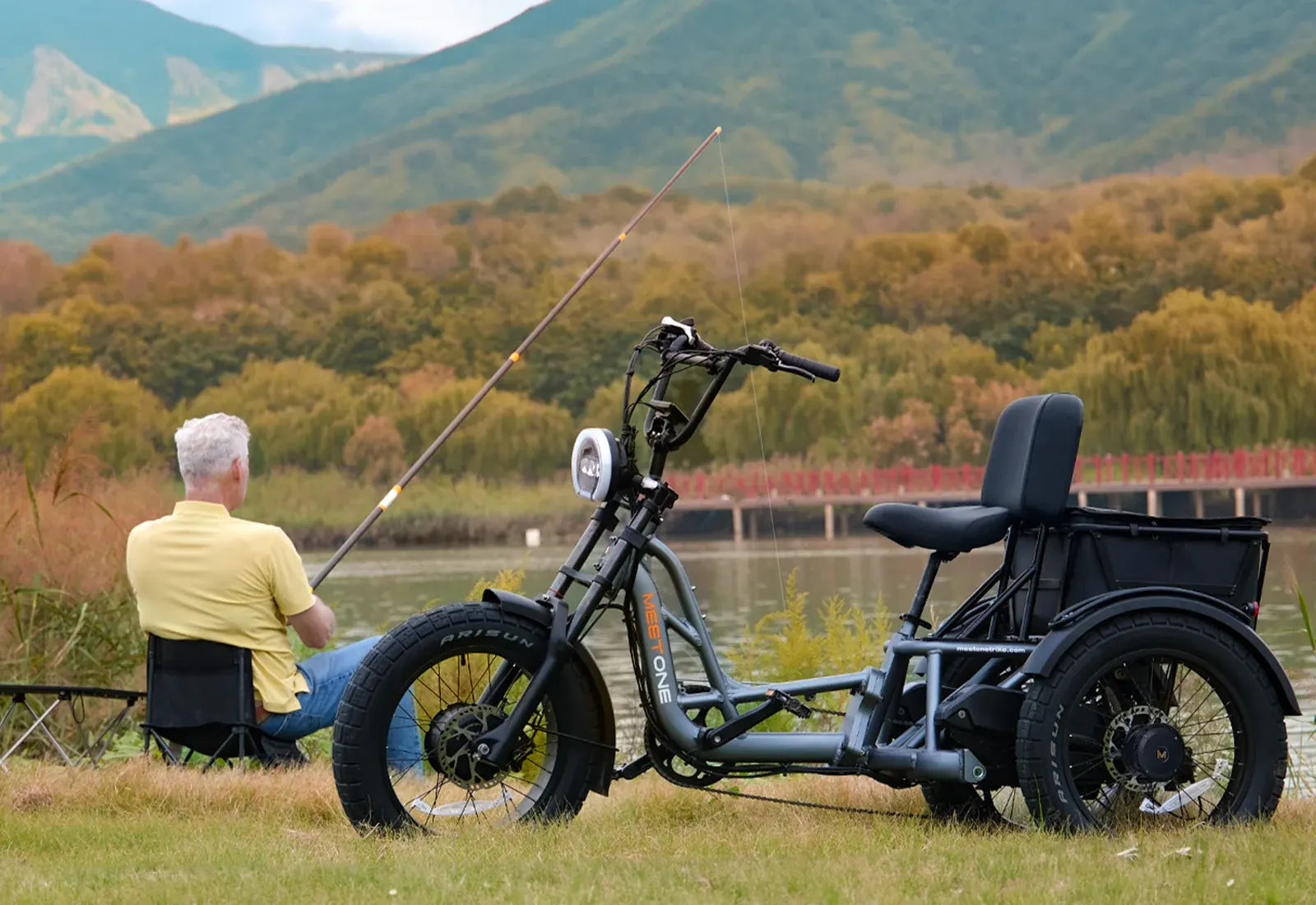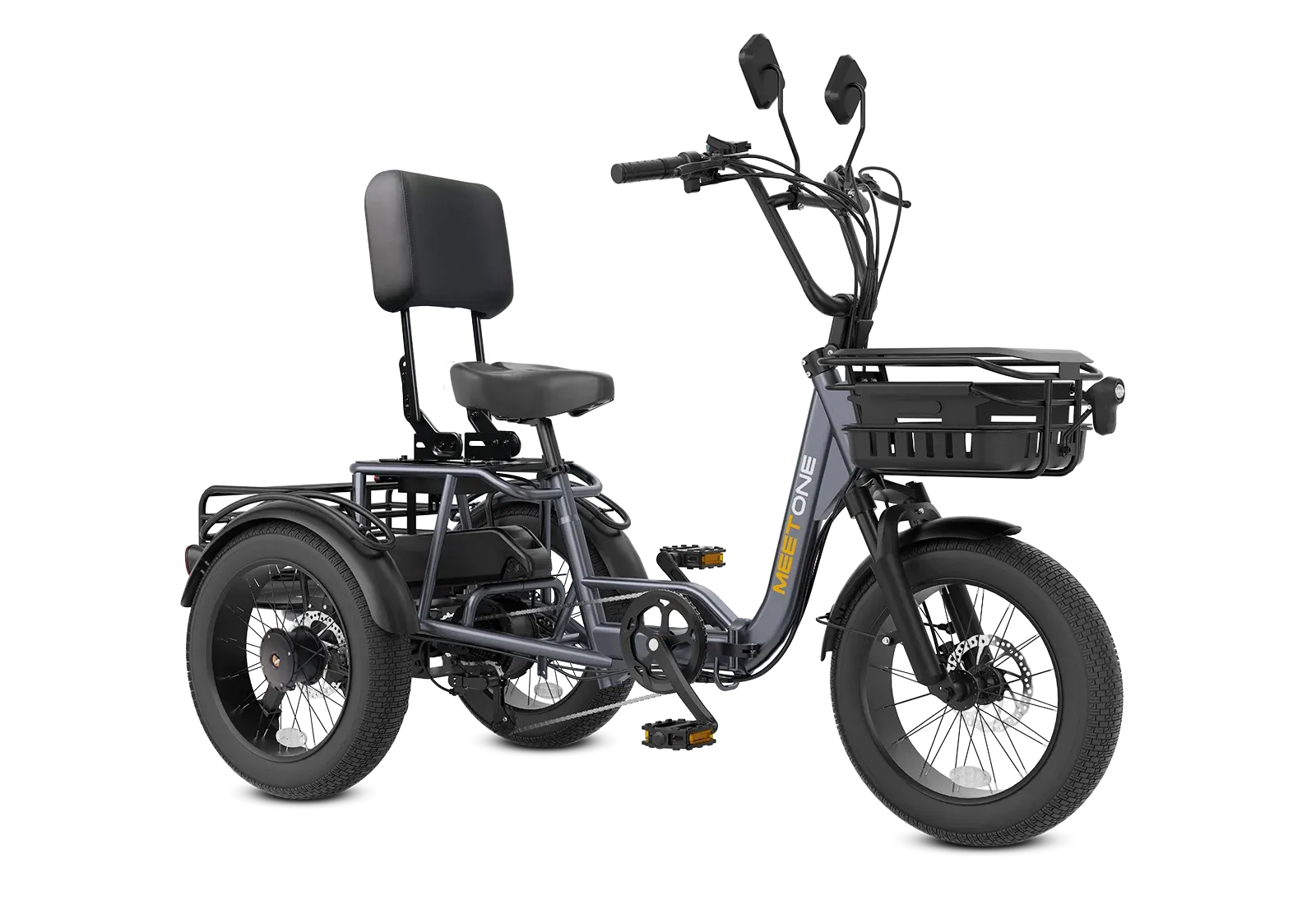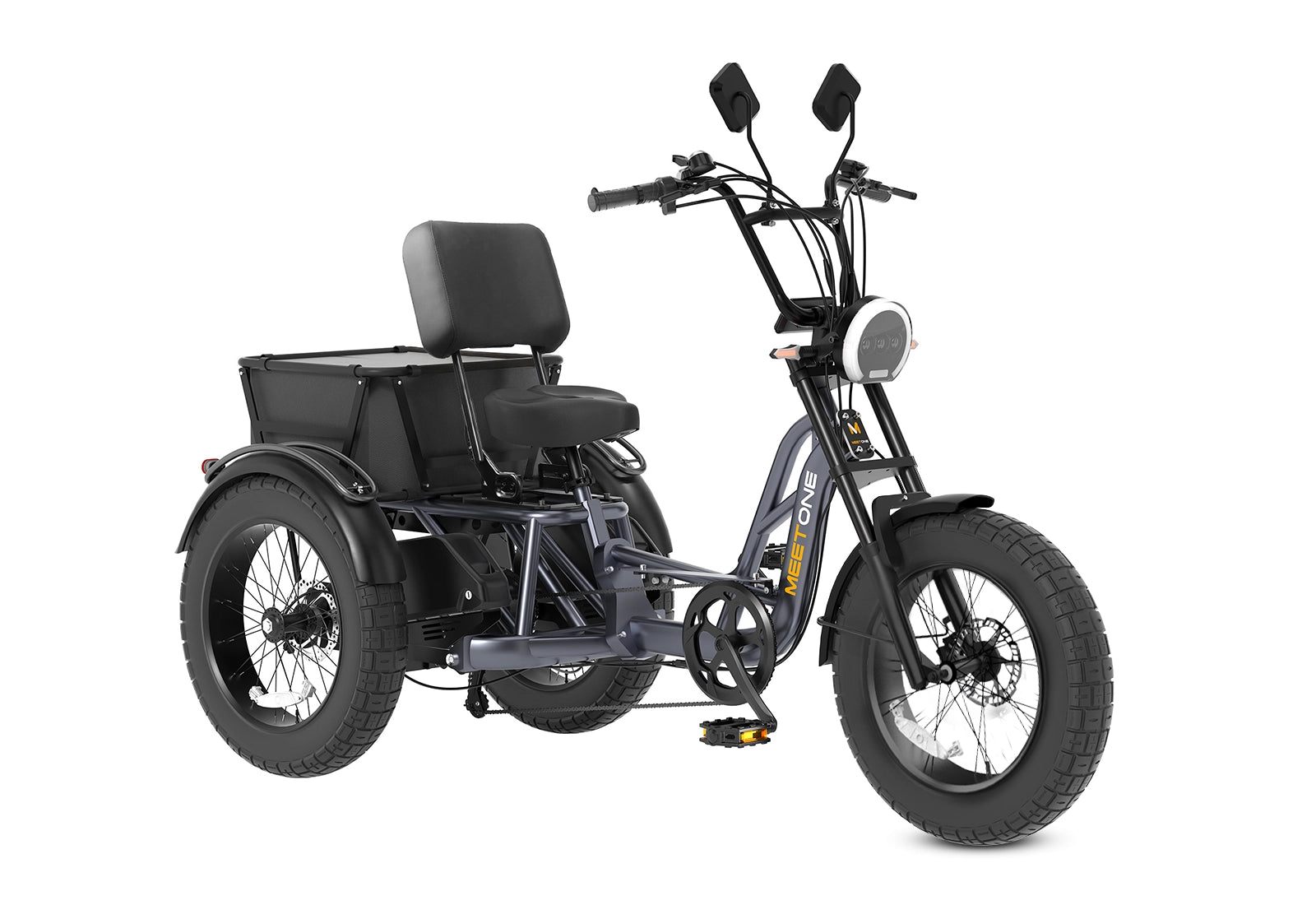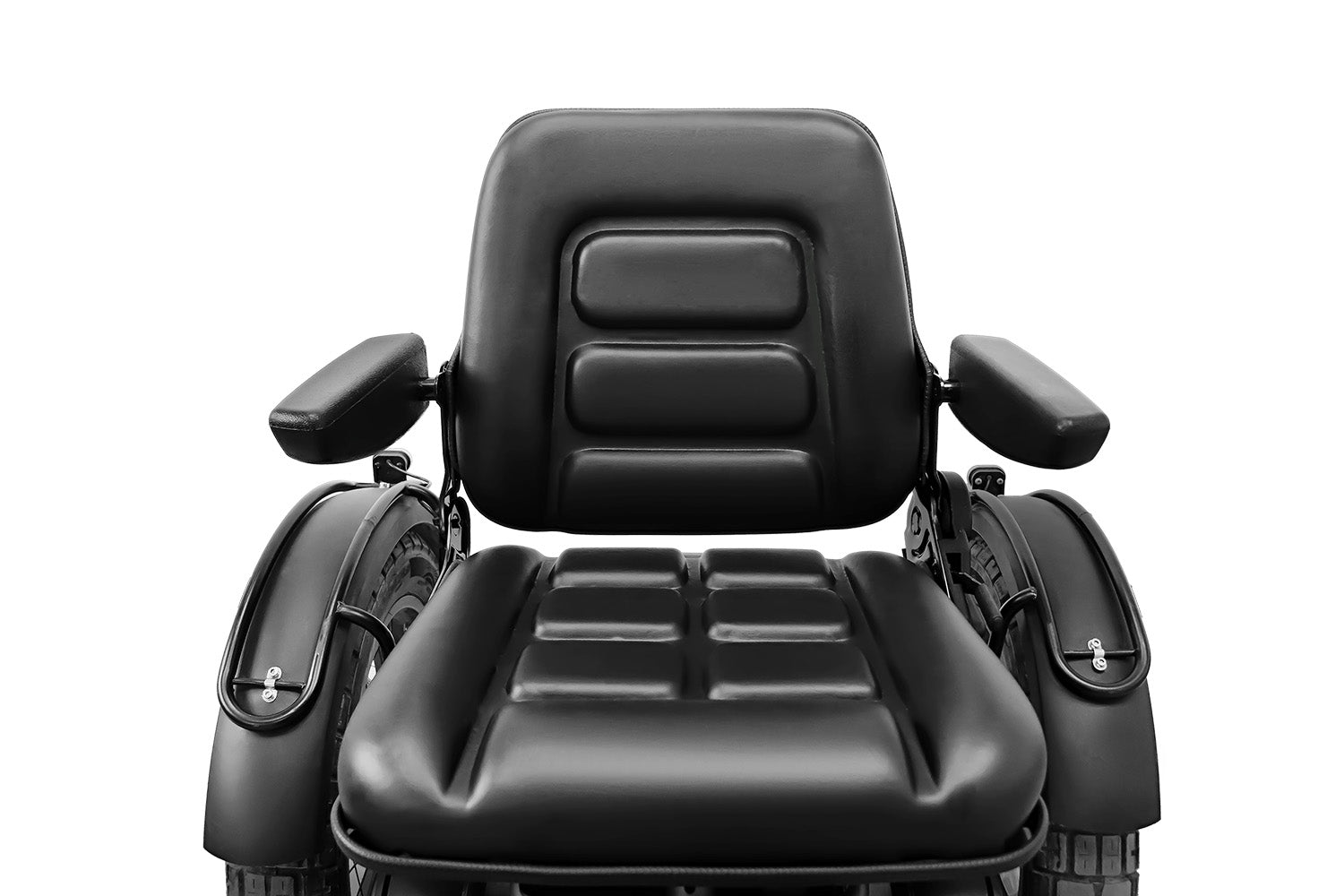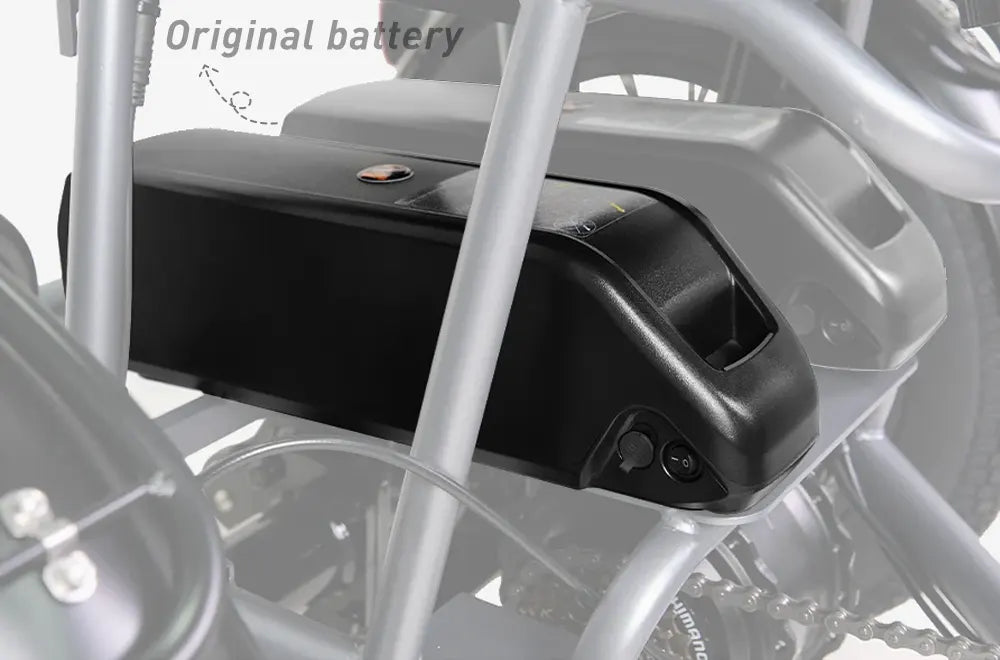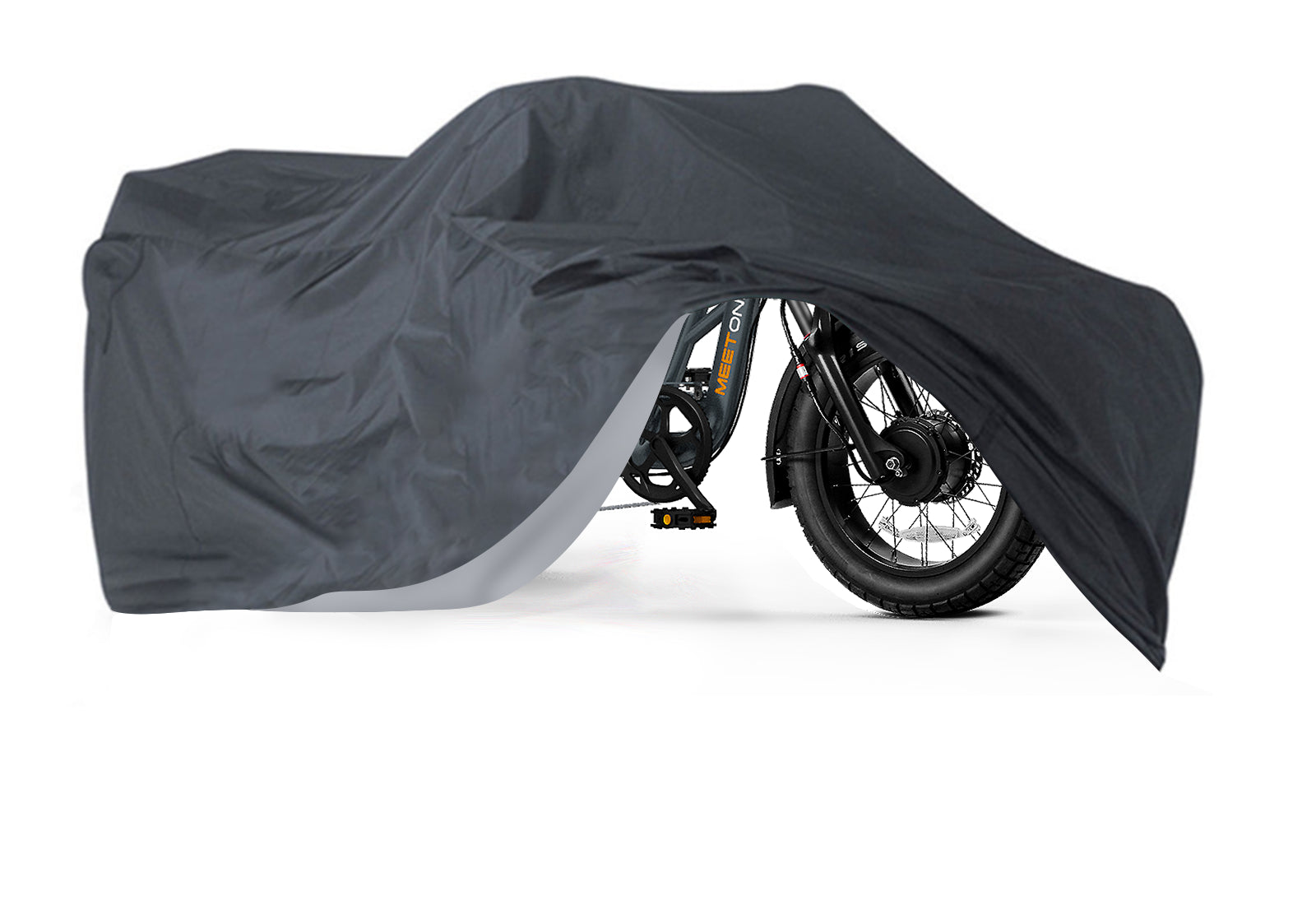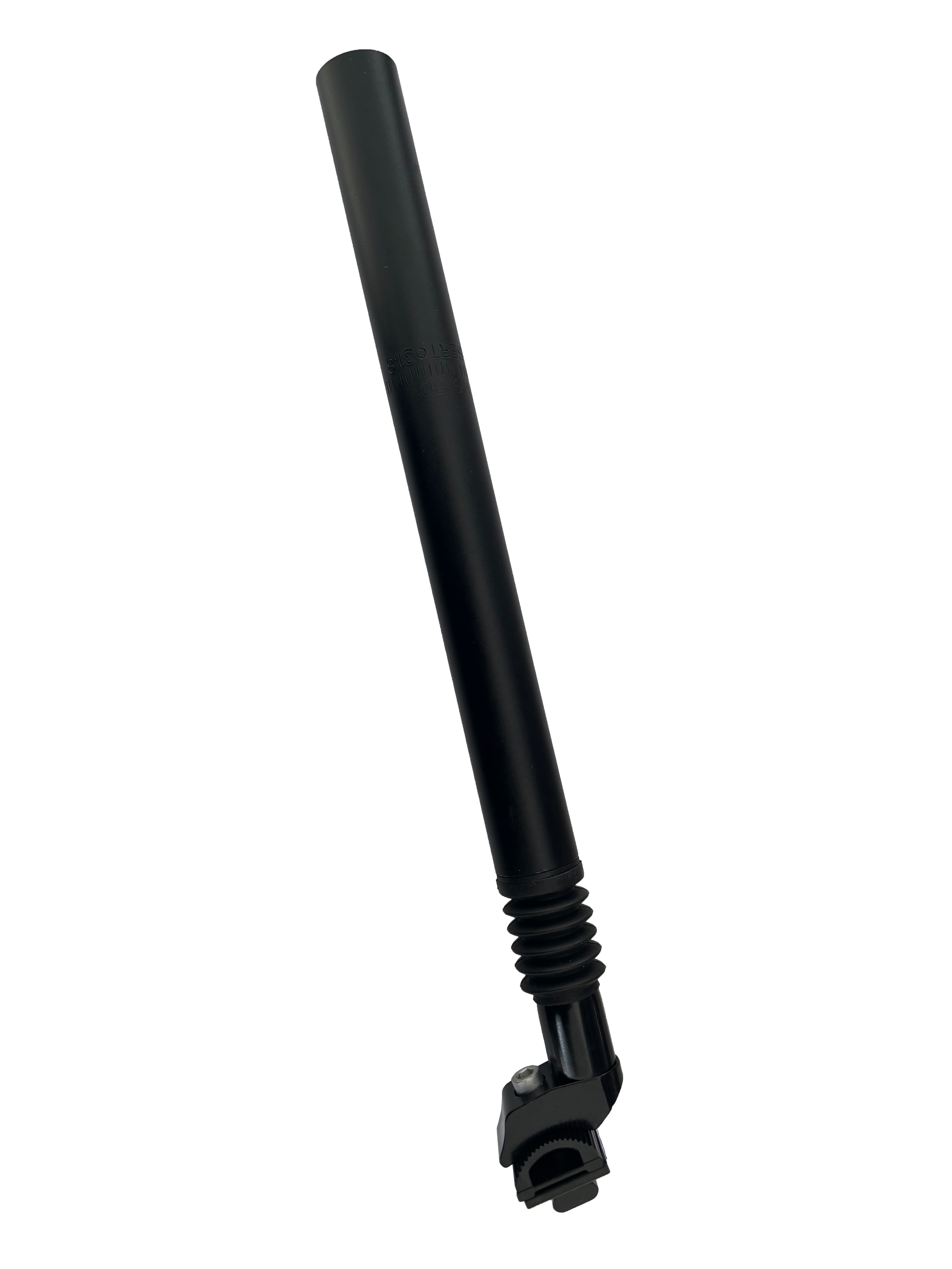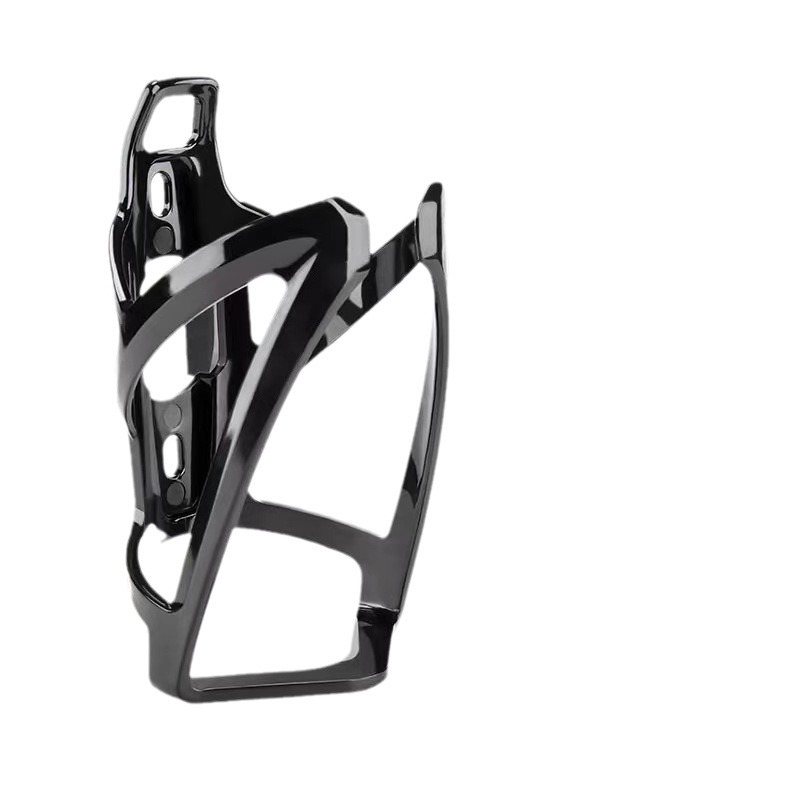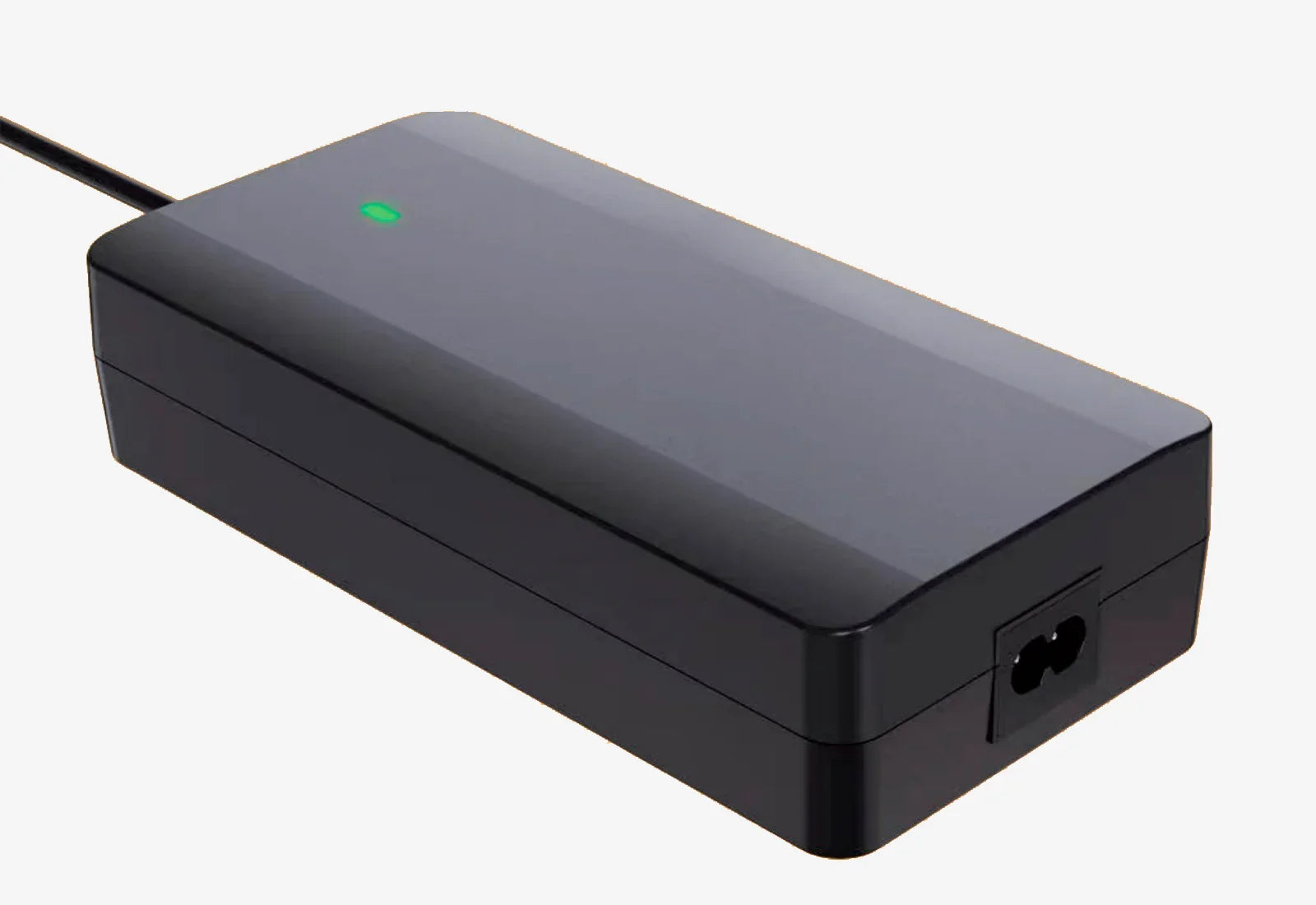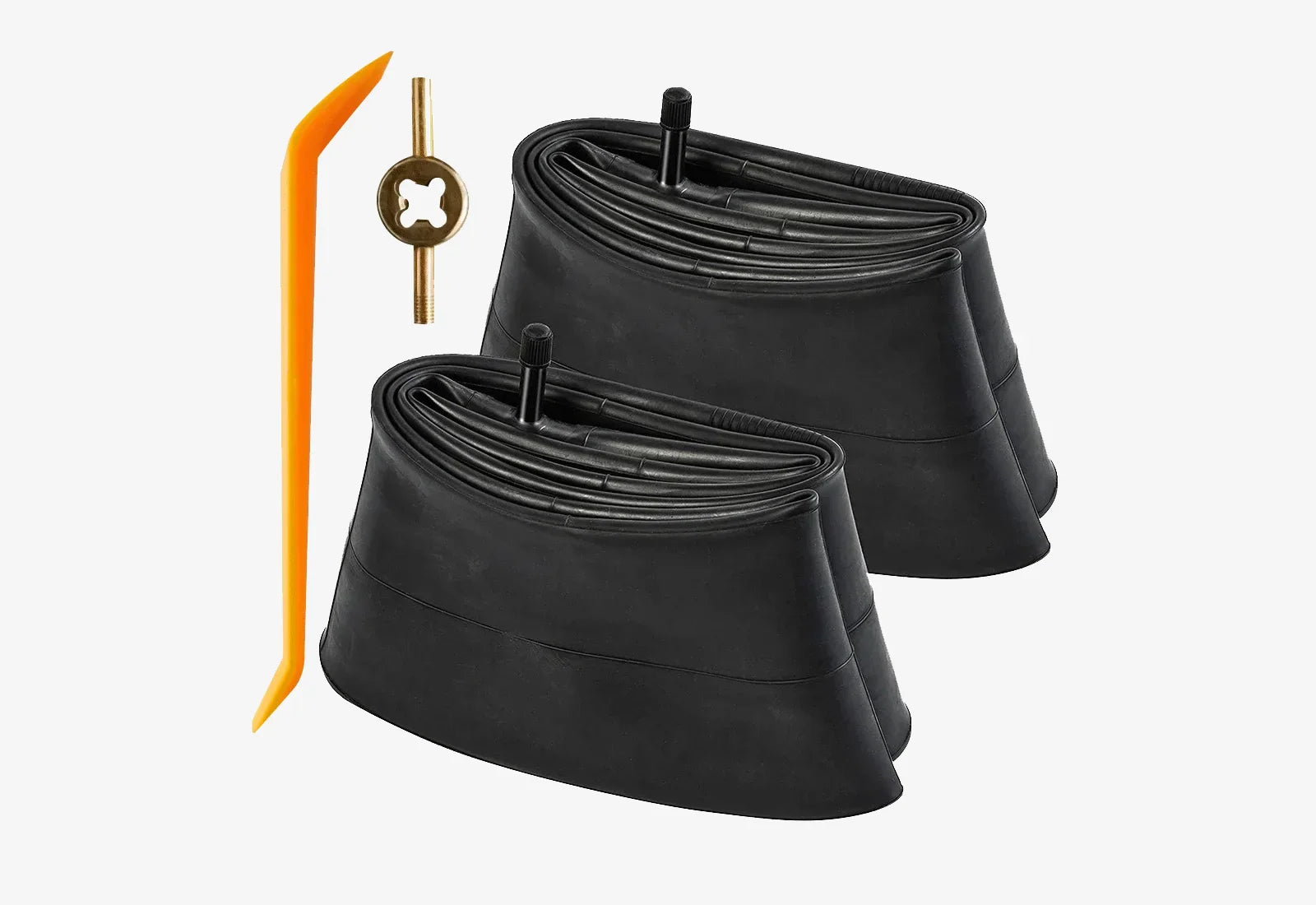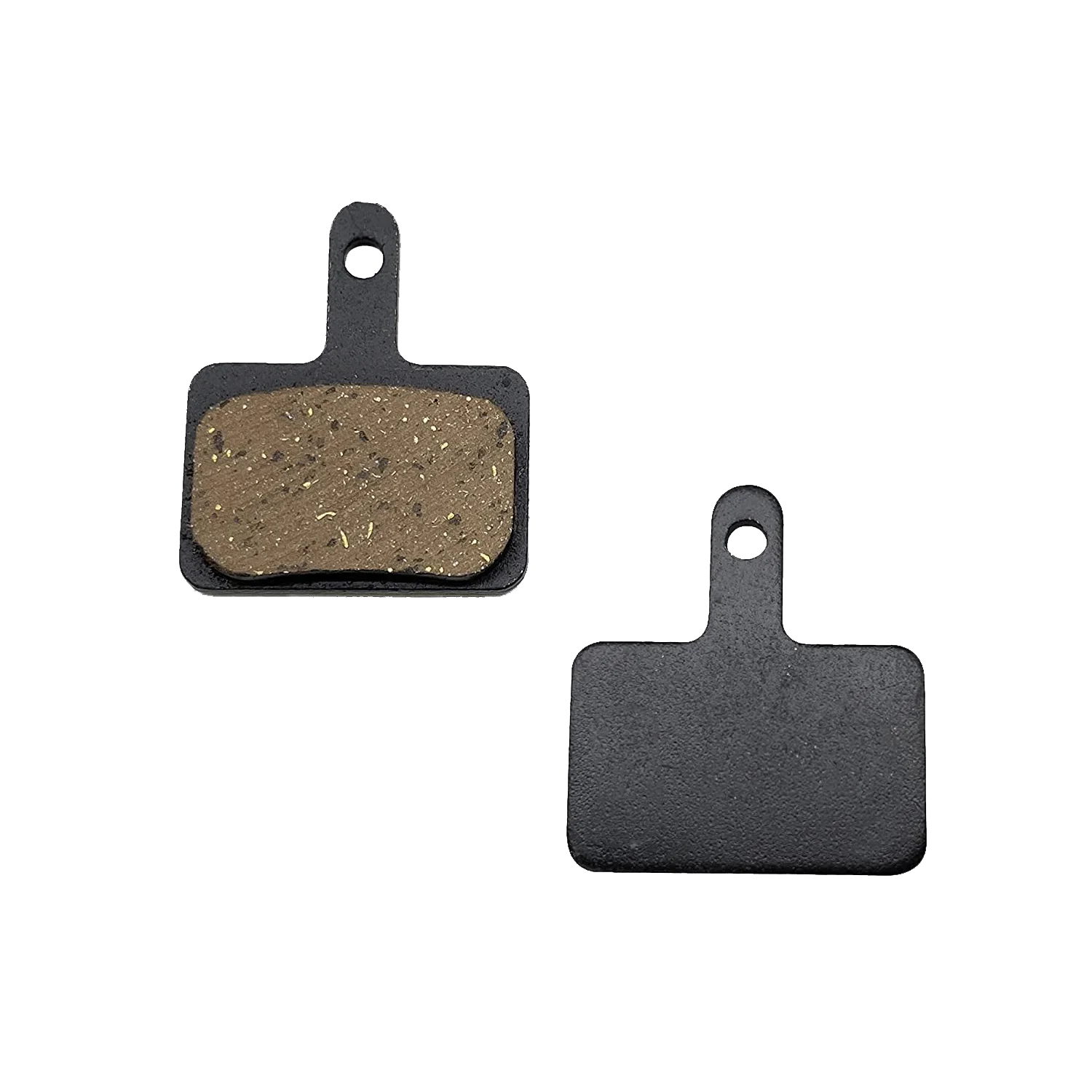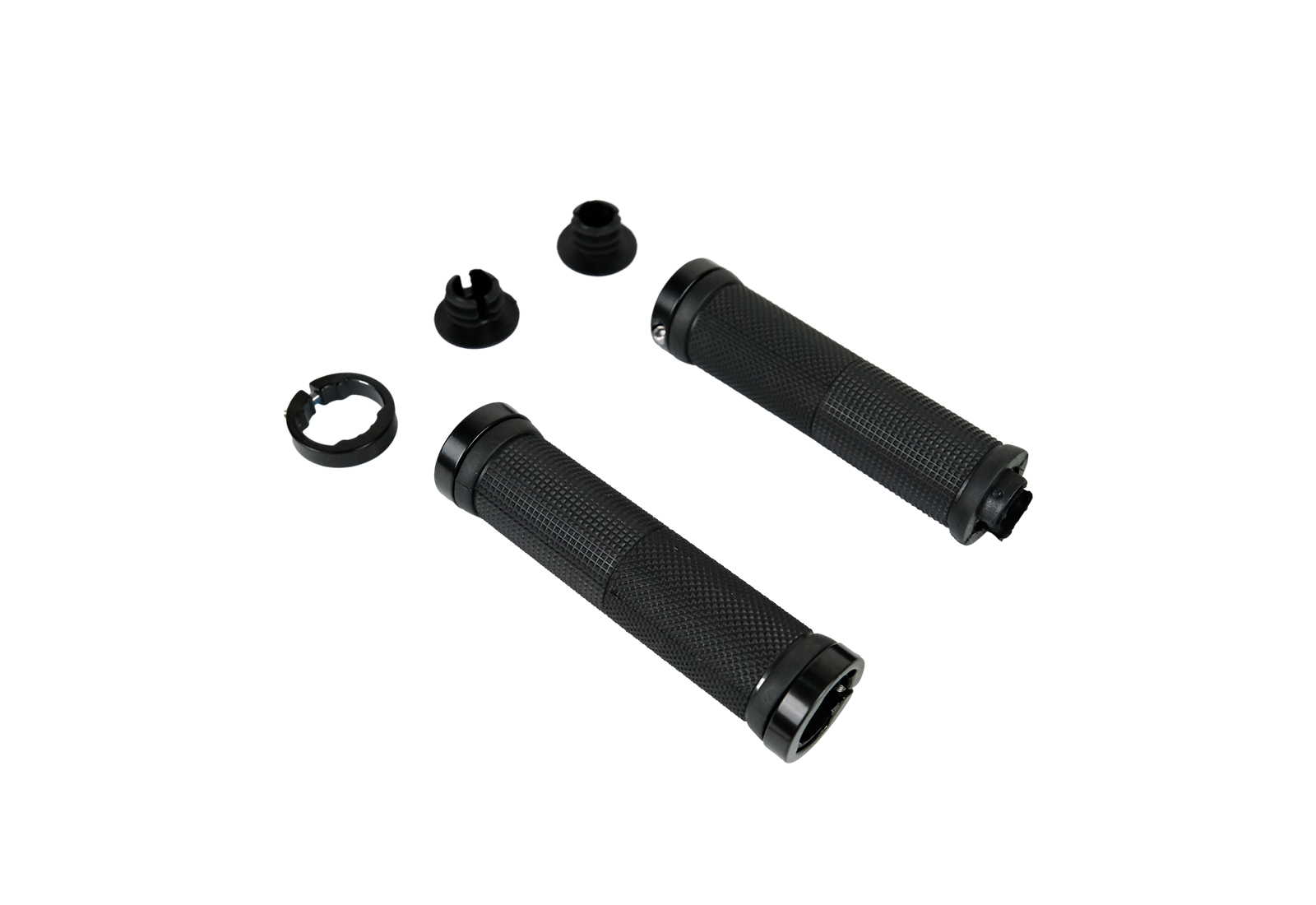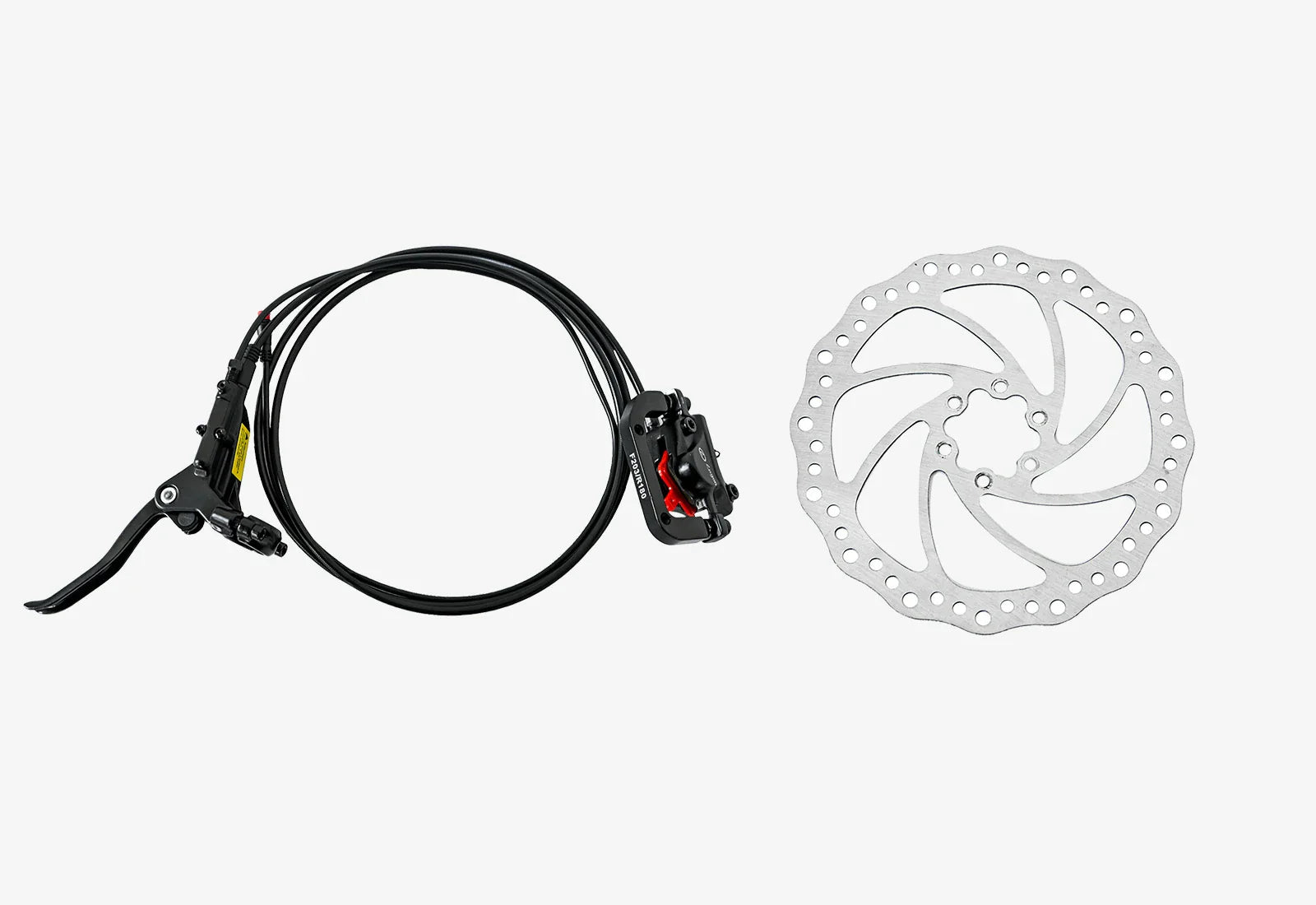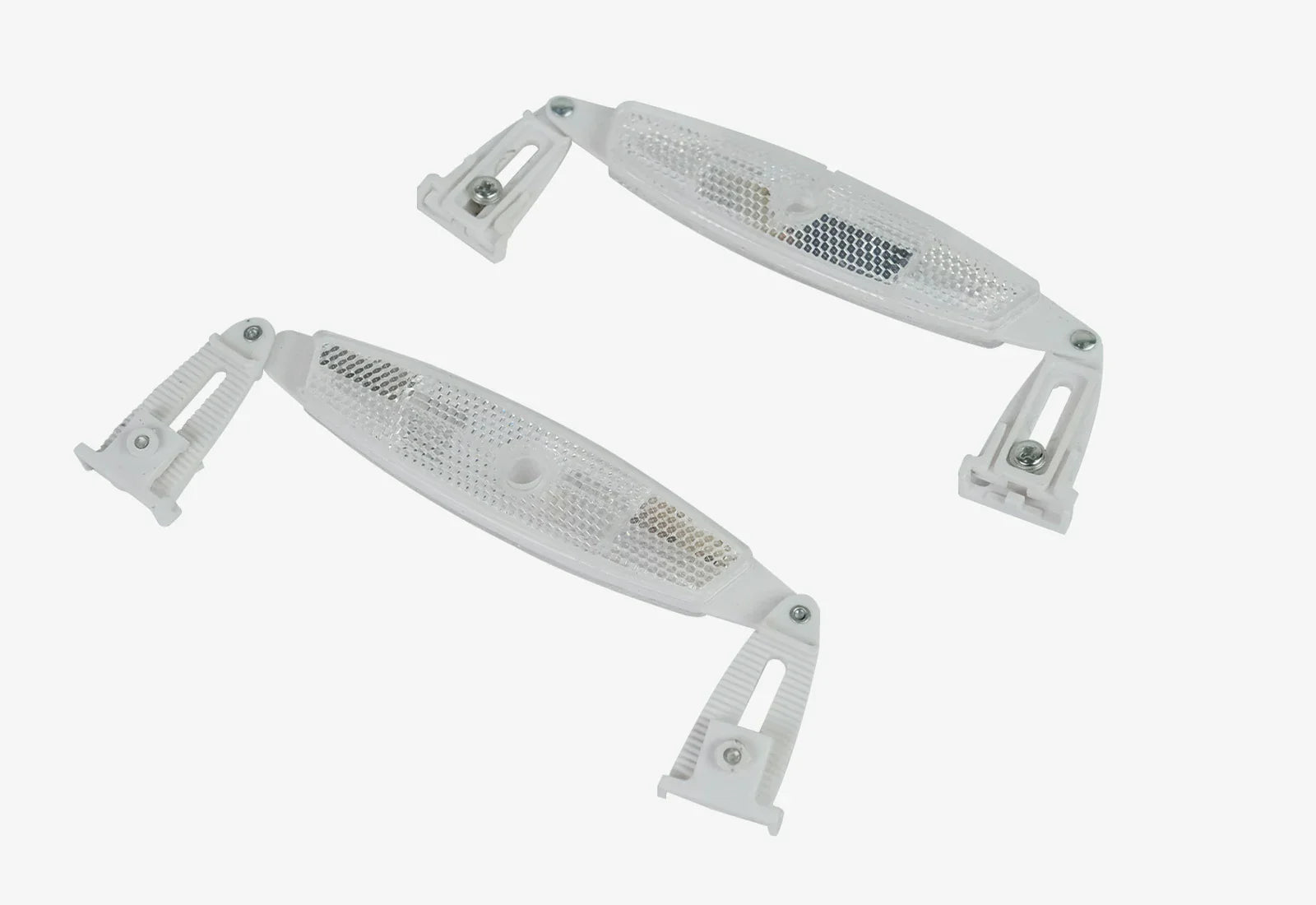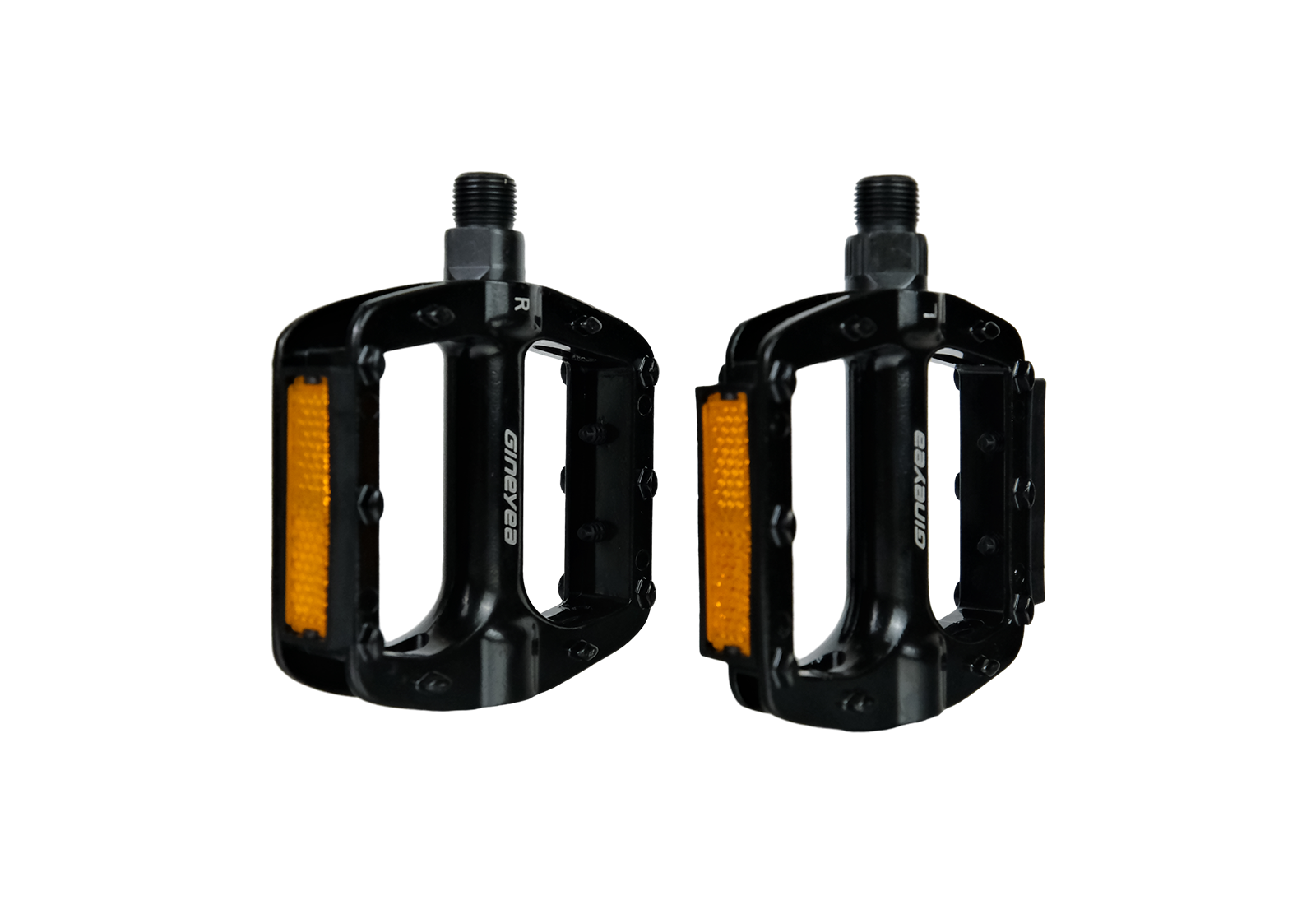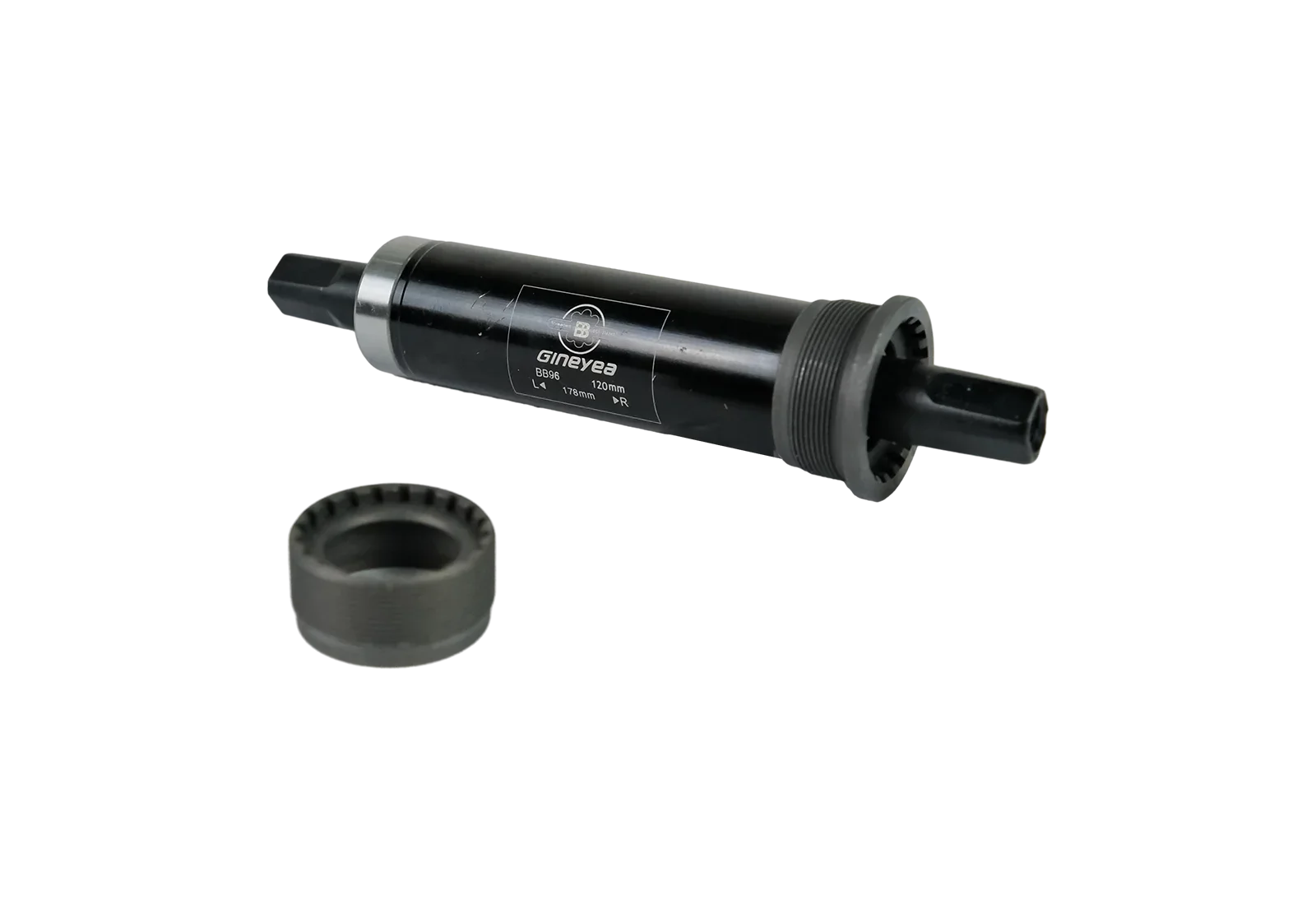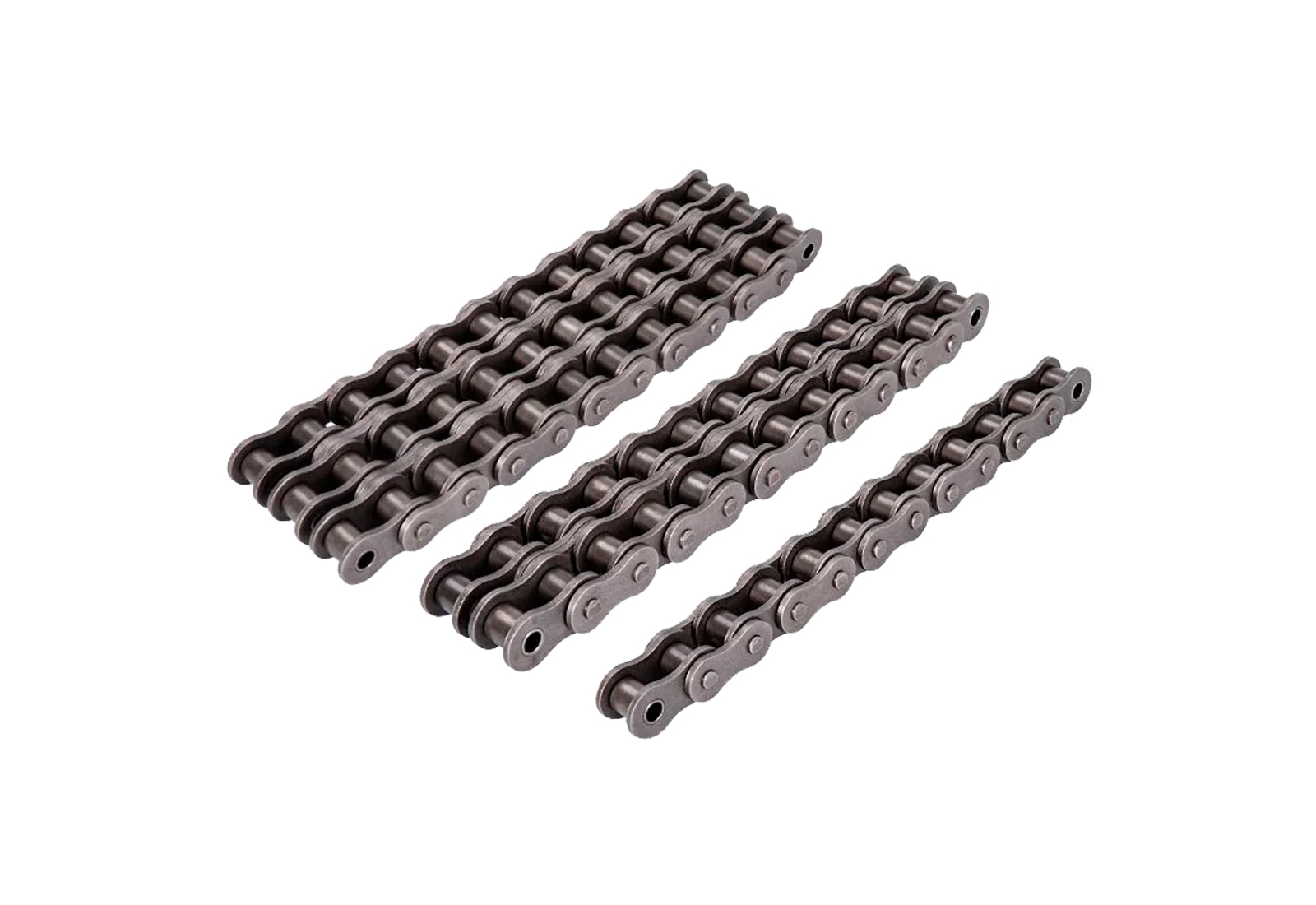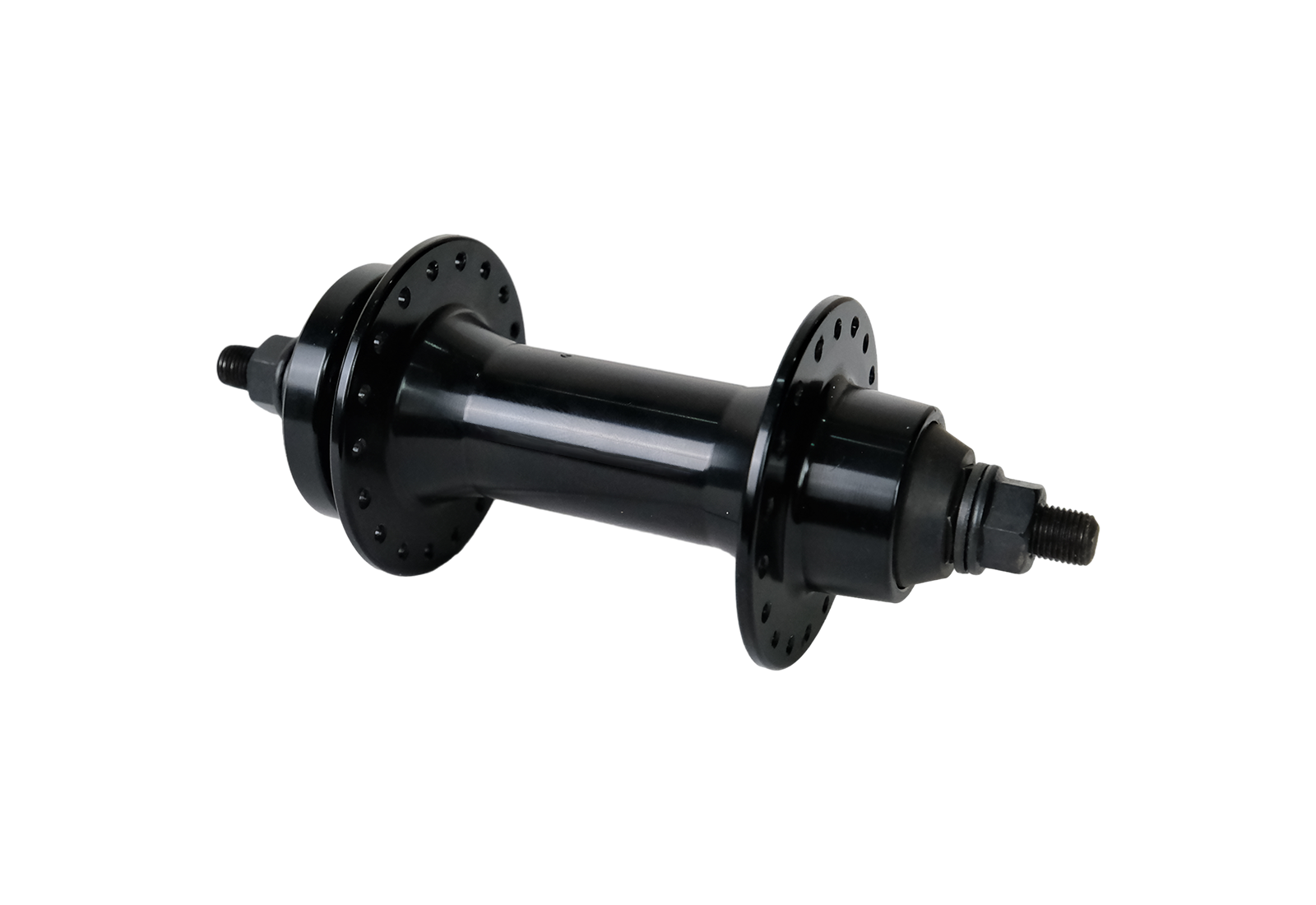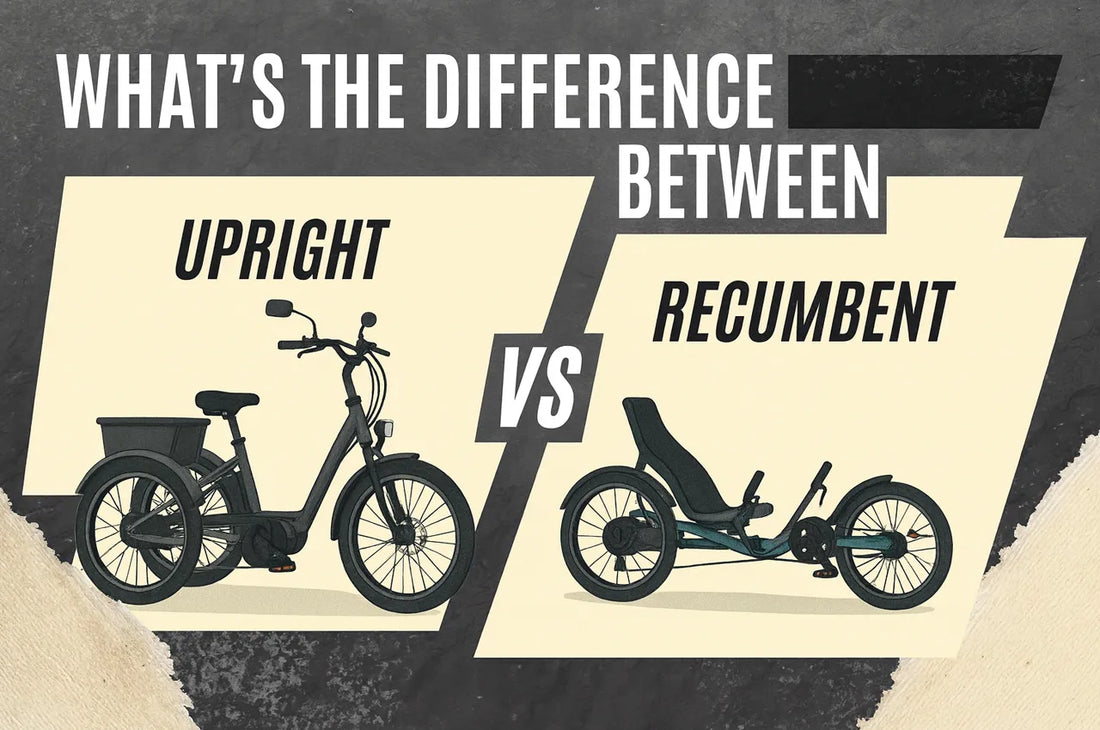
Adult Electric Trikes: What’s the Difference Between Upright and Recumbent
If you’re exploring electric trikes, chances are it’s about more than just fun. Maybe balancing on two wheels has gotten harder. Maybe you're recovering from a fall, or you just want a stable, low-effort way to run errands or cruise through the park.
Whatever brought you here, it’s clear this isn’t a simple yes-or-no decision. Let’s break it down — what’s the real difference between upright and recumbent electric trikes, and how do you choose the one that fits you best?
What Are Upright Electric Trikes?
Upright electric trikes let you sit just like you would on a regular bicycle — upright, with handlebars in front and pedals below you. These trikes come in two main layouts, and understanding their behavior is crucial before making a decision:
Delta Upright Trikes (1 wheel front, 2 wheels rear)
This is the classic design — a big, stable version of a kid’s trike. The frame stays completely solid when you stop. You can sit at a red light with your feet off the pedals and feel completely secure. Mounting is usually easy, thanks to a low step-through frame, and the two rear wheels provide natural stability during every phase — riding, stopping, and getting on and off.
Delta trikes behave predictably. You sit upright, steer with the front wheel, and ride at a relaxed pace. They’re perfect for errands, neighborhood paths, and park rides — especially if you value simplicity and safety.
Tadpole Upright Trikes (2 wheels front, 1 wheel rear)
Tadpoles flip the layout, with two front wheels and one rear. They look sportier, and at first glance, the wider front end suggests better stability. But here’s the catch: most upright tadpole trikes have tilting front wheels that lean into turns. While this helps with smoother cornering during motion, it leaves the front end feeling loose when stationary.
When you stop on a tadpole, the front end sways slightly — you may need to put a foot down to feel steady. Mounting can be trickier too, with more frame and moving parts up front. This layout suits riders who still want a little of that bike-like agility and don’t mind staying engaged with balance.
Summary: Upright Delta vs. Upright Tadpole
- Delta trikes hold their ground — ideal if you want stability while stopped, mounting, or dismounting.
- Tadpole trikes keep you involved — offering livelier steering but requiring some balancing, even at rest.
TL;DR: If stability is your top priority, upright delta trikes are your safest and simplest bet. If you prefer a bit of responsiveness and don’t mind extra involvement, upright tadpoles might be your style.
What Are Recumbent Electric Trikes?
Recumbent electric trikes recline your body so that you ride with your legs extended forward and your back supported by a wide, often mesh-style seat. This body position reduces pressure on your spine, wrists, and knees, making them ideal for those with joint issues, back pain, or simply looking for a more relaxed ride.
Recumbent Delta Trikes (1 wheel front, 2 wheels rear)
Delta recumbents tend to sit slightly higher off the ground compared to tadpoles, which can make mounting and dismounting easier. They're often chosen for leisurely rides and therapeutic use, thanks to their straightforward steering and gentle ride quality. However, at higher speeds or during sharper turns, delta recumbents may feel less stable than tadpole designs.
Recumbent Tadpole Trikes (2 wheels front, 1 wheel rear)
Tadpole recumbents are the go-to for performance and comfort. Their low center of gravity and wide front stance provide excellent stability — especially noticeable when cornering or descending. They're favored by long-distance riders, those in rehabilitation, or anyone who prioritizes comfort over height.
The trade-off is visibility and ground clearance. Since you're sitting very low, it can be harder for cars to see you in traffic. Mounting also requires more flexibility since you're dropping down into a lower seat.
What It Feels Like to Ride
Riding a recumbent feels different from a traditional bike or upright trike. You’re laid back, cradled by your seat, with minimal strain on your arms and hands. The ride is smooth and steady — ideal for multi-hour adventures or daily rides that prioritize comfort over speed.
Some people may need a short adjustment period. Steering on a recumbent — especially a tadpole — is more about finesse than force. Once you get used to the posture and the feel, many riders find it significantly more enjoyable and sustainable.
Summary: Delta vs. Tadpole Recumbents
Delta recumbents are easier to get on/off and suit relaxed, casual use.
Tadpole recumbents are lower, more stable at speed, and best for distance, therapy, or confident riders.
TL;DR: Recumbents are built for comfort — choose delta for ease, tadpole for performance.
What’s a Semi-Recumbent Trike?

Not ready to go full recline? Semi-recumbent trikes offer a middle ground: more back support than upright models but still higher off the ground than full recumbents. They’re usually in a delta configuration and are a favorite among riders transitioning from upright bikes.
Semi-recumbents are particularly helpful for those who want ergonomic benefits but still value high visibility in traffic and easier mounting. You get a slightly reclined seat, better support, and a stable ride — all without having to fully commit to a recumbent posture.
In addition, semi-recumbent electric trikes often have a longer frame and repositioned pedals, allowing your legs to stretch forward comfortably — even when the seat is set lower. This extended design not only increases rider comfort but also lowers the trike’s center of gravity, making it more stable than typical upright models.
These trikes are often equipped with user-friendly controls, step-through frames, and adjustable seating, making them ideal for aging riders or anyone dealing with limited mobility who still wants an active lifestyle.
TL;DR: If you want comfort, forward leg extension, and more stability than an upright — without going fully low-profile — semi-recumbents are the sweet spot.
One practical example of this design is our own Tour Lite — a semi-recumbent electric trike engineered specifically for riders who prioritize comfort, accessibility, and real-world usability. With its extended frame, forward-positioned pedals, and low step-through entry, the Tour Lite offers a natural riding posture that reduces joint pressure while maintaining upright visibility and handling ease.
It’s especially well-suited for older adults, riders with reduced mobility, or anyone seeking a smoother, more stable transition from two wheels to three. The Tour Lite combines supportive ergonomics, high load capacity, and smart safety features to make daily riding not just possible — but genuinely enjoyable.
Quick Comparison Table
| Feature | Upright Delta | Upright Tadpole | Recumbent Delta | Recumbent Tadpole | Semi-Recumbent Delta |
|---|---|---|---|---|---|
| Seat Position | Upright | Upright | Reclined | Fully Reclined | Semi-Reclined |
| Mount/Dismount Ease | Easy | Moderate | Easy | Moderate | Very Easy |
| Stability at Rest | Excellent | Lower (may tilt) | Good | Excellent | Excellent |
| Comfort Level | Moderate | Moderate | High | Very High | High |
| Visibility in Traffic | High | High | Moderate | Lower | High |
| Best For | Simplicity & seniors | Agility seekers | Casual riders | Long-distance comfort | Balanced comfort/stability |
Which One Should You Choose?
Here’s the short version:
Go Upright Delta if you want simplicity and ease of use.
Try Upright Tadpole if you like the bike feel and don’t mind a bit of balance.
Choose Recumbent Tadpole if you’re after ultimate comfort and long rides.
Pick Semi-Recumbent if you want a comfy compromise that’s still easy to handle.
Final Thought: Let the Ride Decide
Specs and style matter, but how a trike feels is what counts most. Whenever possible, test different types to see what works best for your body and riding habits. Your ideal trike should feel comfortable and steady even before the motor kicks in.
Let your body choose — not the brochure.
